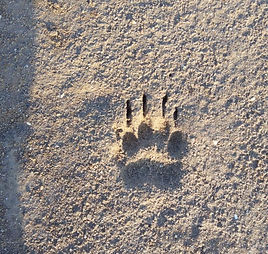
Badger Surveys
Badger surveys are an important aspect of development planning, as they can help identify potential impacts on badger populations and inform mitigation measures. By conducting surveys, developers can ensure that their projects are carried out without affecting badger populations.

1
Why are badgers surveyed?
Badgers are listed on Schedule 6 of the Wildlife and Countryside Act 1981 (as amended) and the Protection of Badgers Act 1992, which makes it an offence to disturb this species or a sett (where they live and breed).
These laws protect badgers and their habitats. Badger setts can be found all over the UK in many locations, often times on farmland, garden areas, parks, and woodland, making this a widespread species and a frequent occurrence on proposed and in-progress developments.
2
When do I need to have badger survey?
If a site provides suitable habitat or evidence of badgers, presence or likely absence of this species must be established.
These surveys can be carried out year-round but are best done in spring due to higher activity.

What does Abrehart Ecology offer?
Abrehart offers badger-related services, including surveys to search for evidence of badgers on your site and land within 30m of the construction zone. If badger setts are found in areas proposed for development, they will need to be closed under licence from Natural England.
Abrehart Ecology is experienced in applying for and implementing badger sett closure licences, and can undertake full badger sett closures, including bait marking, as well as the construction of new badger setts off site.
3

Badger gates used during closure

Sett exclusion during closure

Artificial sett creation

